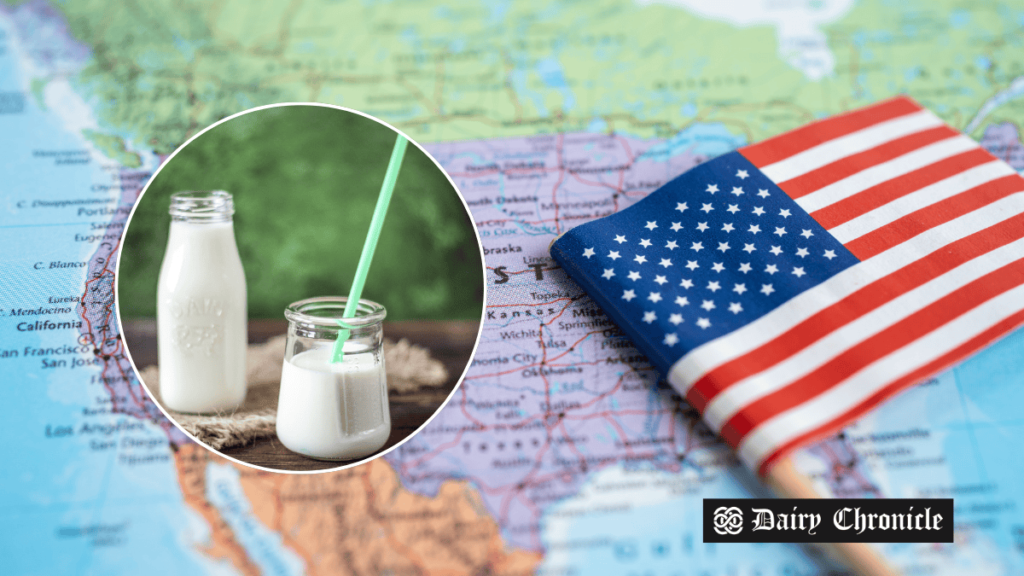U.S. dairy exports saw strong growth in September, driven by demand from Latin America, with Mexico leading imports of key dairy products. The U.S. Dairy Export Council reports a 17% increase in exports to the region, accounting for 41% of all U.S. dairy exports. Despite economic uncertainties, Mexico’s demand for milk powder, cheese, and other dairy products remains resilient.
Strong demand from Latin America fueled a significant increase in U.S. dairy exports in September, according to a report by the U.S. Dairy Export Council (USDEC). Shipments to the region rose to 78,430 metric tons (MT) in milk solids equivalent (MSE), marking a 17% year-over-year increase. Latin America accounted for 41% of U.S. dairy exports, up from 38% a year earlier, highlighting the region’s expanding role in the U.S. dairy market.
Mexico led this growth with a 23% increase in imports, adding 10,641 MT to U.S. exports. Mexico’s demand shifted back to milk powder products, with nonfat dry milk/skim milk powder (NFDM/SMP) exports rising 23%, the highest jump since May 2023. Despite a weaker peso and slowing economic activity, Mexico’s strong import levels have continued, underscoring its importance in the U.S. dairy sector.
In Central America and the Caribbean, U.S. exports climbed 5% year-over-year, largely due to a 29% increase in cheese sales. Cheese demand grew significantly in Guatemala and the Dominican Republic, while other product categories, such as low-protein whey and NFDM/SMP, saw declines.
South America saw a 4% increase in U.S. dairy imports, with cheese exports leading growth at 60%, particularly in Chile, Colombia, and Peru. However, higher prices contributed to a dip in high-protein whey exports to Brazil, which fell 12%.
While Latin American demand remains strong, economic uncertainties in Mexico may impact future growth. Nonetheless, the demand for products like NFDM/SMP and cheese is providing a steady foundation for U.S. dairy exports amidst weaker demand in markets like China.



